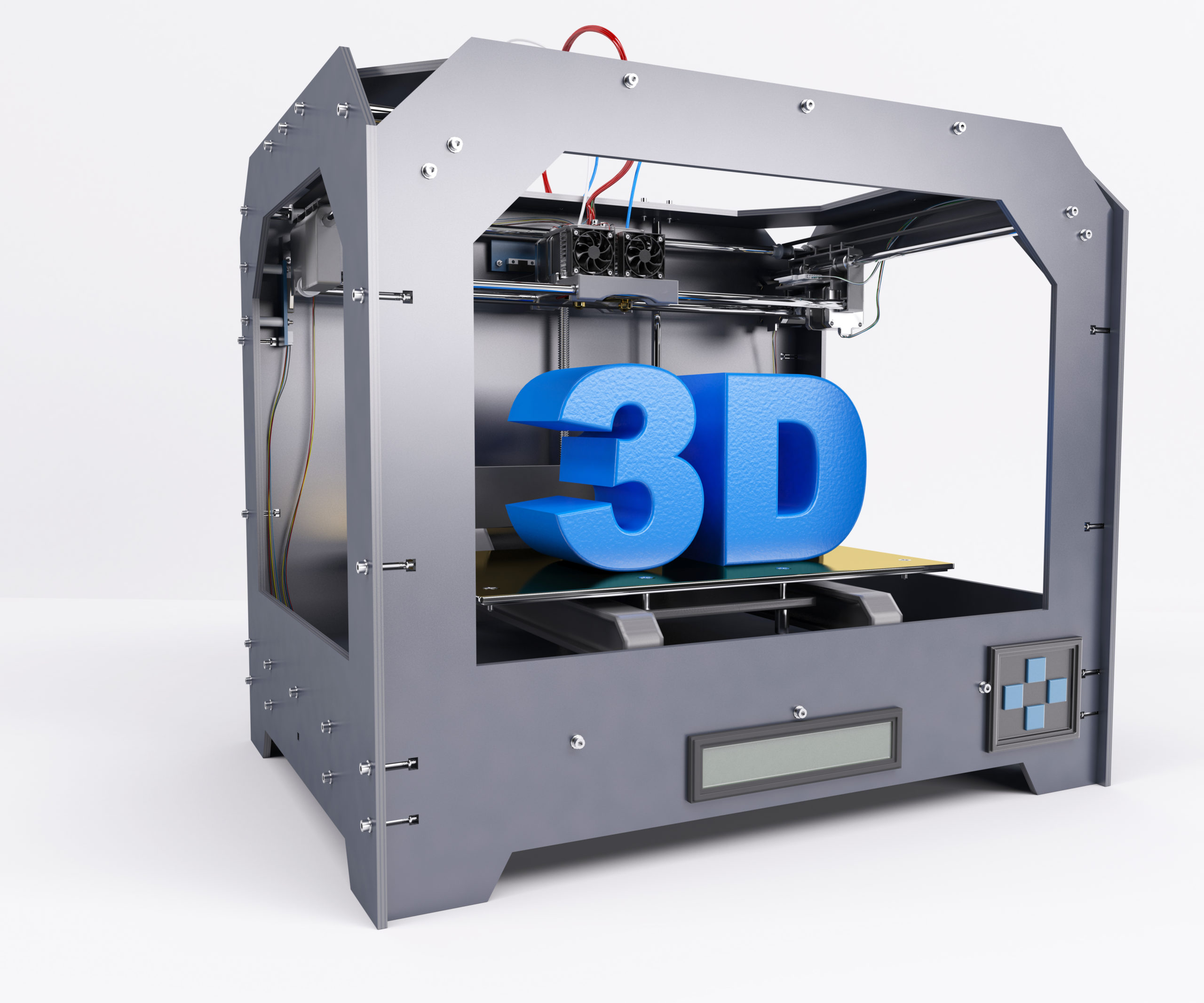The leader of a newly-launched International Bodyshop Industry Symposium Worldwide (IBIS) task force is sharing details about how the group will explore 3D printing in automotive repair and the collision industry.
It announced the initiative during a recent IBIS USA conference in Nashville, saying IBIS would collaborate with partners and that Imagine Additive Consulting owner Harold Sears would serve as task force lead.
Sears led Ford’s 3D printing division and has more than 30 years of experience in rapid manufacturing and 3D printing. He told Repairer Driven News that the goal of the task force is to identify opportunities and determine which parts are suited for using 3D printing to improve the efficiency and effectiveness of automotive repair.
“We are also seeking to provide a secondary solution for OEMs or parts suppliers who might need smaller part runs that are more cost-effective than traditional manufacturing and printed in the region where there is demand,” he said. “This could include using 3D printing to create replacement parts, tools, and other components, as well as using the technology to improve the design and manufacturing of existing parts.
“At the same time to highlight any issues regarding suppliers or body shops using poor quality printed parts that are not designed for end-use application that can break down and cause the part to fail over time.”
He said the task force is in the early stages of working to better understand how 3D printing can benefit the repair process, disclosing it will begin exploring and testing practical parts such as headlight tabs and sensor cradles.
“However we believe that there will be a whole range of parts we do in the future,” he said.
Sears added that the task force will collaborate with leading 3D printing experts and manufacturers to identify best practices and share knowledge and expertise. It will also work with industry associations and regulators to ensure that any new technology and practices meet OEM safety and regulatory requirements, he added.
He noted that training will be another key element of the task force, which will work with automotive-based training bodies to ensure the industry and workforce are ready for the “3D printing evolution.”
“Our goal will be to bring together the right providers from additive materials, system, and engineering who currently service the OEMs and their 3D printing needs in end use parts,” Sears said. “Then replicate this winning formula to print such parts that will perform and have the characteristics similar to the original OEM parts and to use materials that are already accepted by the OEMs. This is the reason our task force contains not only members from automotive OEMs, but also members from key automotive material suppliers.”
The task force will also:
- Research the use of 3-D printing in automotive and collision repair, exploring factors such as cost, speed and quality and safety; and
- Explore the potential for 3-D printing to create custom parts and components that are not currently available through traditional manufacturing methods.
Sears said the task force plans to have most of its work done by early 2024, covering most of the aspects needed for the industry to start adopting 3D printed parts through reputable suppliers using OEM-compatible 3-D printed parts.
“One of the key messages that will be pushed and supported will be to stop nonregulated 3D printing of replacement parts that are of poor quality and use low-grade materials,” he said. “The industry led by OEM, insurance, [multi-shop operators], and bodies such as I-CAR need to formulate a joint message to ban such poor quality and dangerous repair parts that use 3D printing, especially on headlight tabs that are likely to fail in time.
“We will be highlighting the safety risk to the consumer, the financial cost to the collision shops that will need to re-repair such parts mostly supplied by parts and restoration suppliers who have no knowledge of the safety risk and potential financial pain these parts could cause, inconveniencing everyone in the supply chain. Our focus is not to just try to 3D print all replacement parts, it is more to bring 3D printing to the forefront as a technology that is capable of driving down cost of many repair parts as well as improving downtime, customer satisfaction, and improving the general quality of the repair.”
“As automotive professionals, we are always looking for new and innovative ways to improve our services and better serve our industry,” Sears said. “We believe that 3D printing technology has the potential to revolutionize the way we approach parts supply and repair work, and we are excited to explore the possibilities further.”
The task force will work with industry associations and regulators to ensure that any new technology and practices meet OEM safety and regulatory requirements, IBIS said.
It added training workers to use 3D technologies would be another key element, and said it would explore working with training schools to prepare for the “3D printing evolution.”
“The automotive industry is constantly evolving, and we need to keep up with the latest technology to remain competitive,” Sears said. “By exploring the use of 3D printing in repair work, we can find new and innovative ways to improve services and offer more efficient and cost-effective solutions to parts supply and collision repair businesses.”
A number of automakers are already using 3D printing for parts, including BMW, Ford, and Porche. Meantime, California startup Divergent is using 3D printing to change the way vehicles are manufactured.
Jason Moseley, IBIS chief executive and a member of the task force, said he was looking forward to collaborating with others on exploring other uses for 3D printing.
“IBIS is very excited to be able to support such an innovative initiative and help educate and facilitate the introduction of 3D printing in the collision and auto repair industry,” he said.

